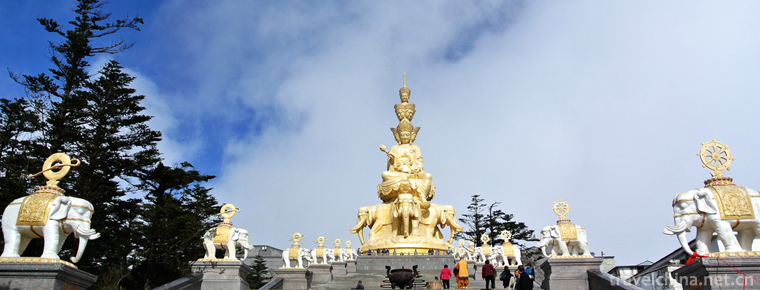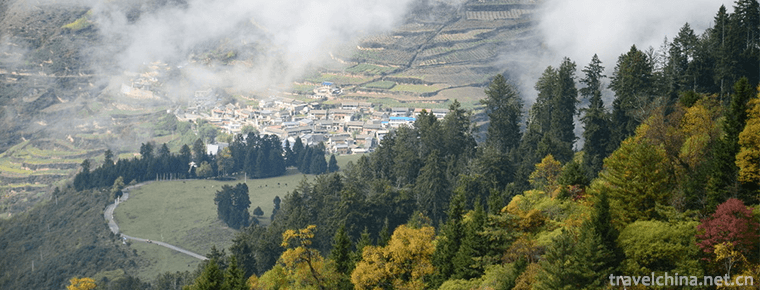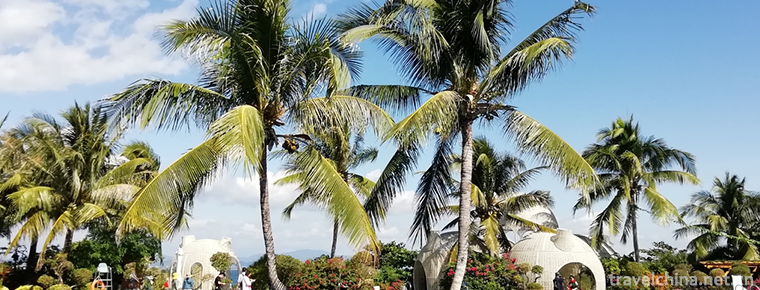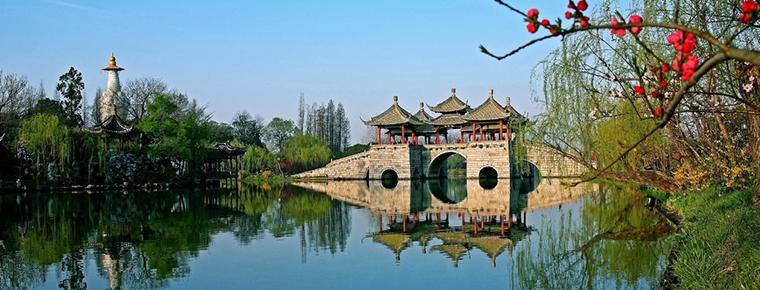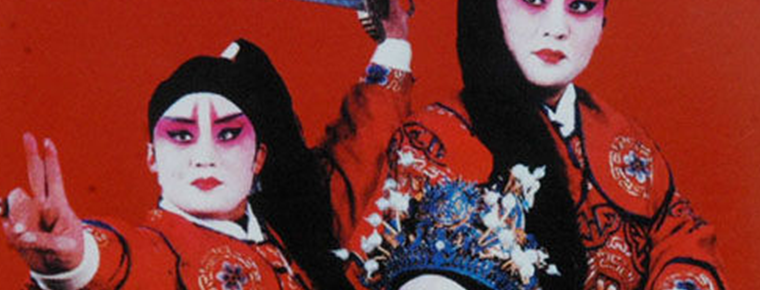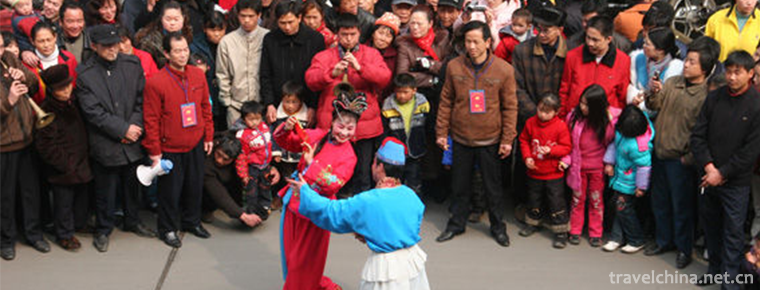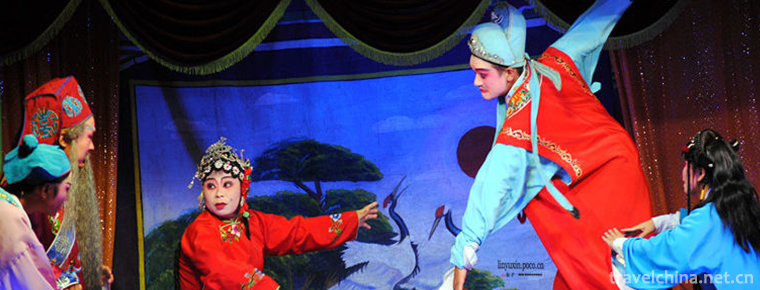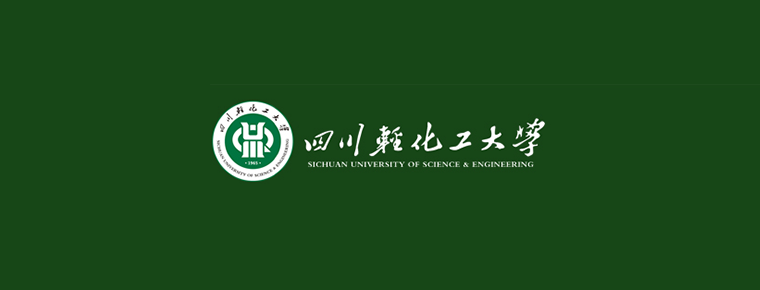The Story of Barragan
The Story of Barragan
Stories of witty figures of the Mongolian people in China. Long-term spread in Inner Mongolia, Xinjiang and other Mongolian areas. The protagonist Balagan Cang is the representative of the working people of the Mongolian nationality, who is smart, witty, humorous and witty. Barragan sympathizes with the people's suffering, advocates justice everywhere for the poor herdsmen who have been insulted and damaged, and directs the struggle against the brutal and decadent rulers of monks and customs and their ideology - religious superstition and feudal ethics and morality. Bureaucrats, herdsmen and the upper class persecuted him by adding "hooligans" and "deceivers", but each time he was wittily defeated. Among the poor people, Barragan was welcomed and praised everywhere.
On June 7, 2008, it was approved by the State Council to be included in the second batch of national intangible cultural heritage list.
Inheritance significance
The Story of Balagan Cang is a large-scale satirical and humorous story group of Mongolian people, whose main character is Balagan Cang. "Balagan Cang" is a person's name. Mongolian means "rich language" or "treasure house of wisdom". The Story of Balagan Cang is a representative work of Mongolian folk satirical literature. It belongs to the same category as the Tibetan story of Agutongba and the Uygur story of Avati. Balagan Cang is not a real person. He is an ideal figure created by the Mongolian working people according to their imagination. In Hulunbeir, Horqin, Ordos, Qinghai, Gansu and Xinjiang, Mongolian inhabited areas, as well as Buryat, Mongolia and Russia, widely spread "The Story of Balagan Cang".
Historical origin
Barragan sympathizes with the people's suffering, advocates justice everywhere for the poor herdsmen who have been insulted and damaged, and directs the struggle against the brutal and decadent rulers of monks and customs and their ideology - religious superstition and feudal ethics and morality. Bureaucrats, shepherds and upper lamas persecuted him for adding "hooligans" and "deceivers", but each time they were wittily defeated by him. Among the poor people, Barragan was welcomed and praised everywhere. "Where the wind blows, people know the name of the barrage. Wherever Balagan Cang goes, there are many friends in his home. "He is a person with a very deep mass base.
The stories show that Barragan used witty and humourous "lies" as a means to satirize bureaucrats, wealthy owners, great lamas and treacherous businessmen in the feudal era, to express the anger and hatred of the people towards them, and to express the beautiful ideal of justice overcoming evil.
Story content
The main stories are "snuff bottle in the bottom of the well", "repayment of principal and interest" and so on. Payment of principal and interest tells us that in order to punish usurers, Barragan went to his house to borrow lice.
In the old times, both Noyen and the Great Lama wanted to believe in Buddhism and do good, hoping to gain the respect and love of the people through false benevolence and righteousness. Because of Barragan's reputation for cleverness, wit and wit, some powerful and villainous officials deliberately found him to use some difficult problems to make him difficult. As a result, they were often teased to destroy their prestige and amuse themselves.
The story "Working for a Miser and Adhering to Three Habits" tells us that there is a miser who is very strict with his employees, although his cattle and sheep are all over the hillside. Barragan applied to revenge the employees.
Story background
Balagan Warehouse is a Uliger with the theme of shaping ideal characters and spreading national wisdom. Balagan Cang is not a real person. He is an ideal figure created by the Mongolian working people according to their wishes, and a representative of wisdom. In Mongolia, because people of different regions and times call some stories they have created as stories of Balagan Cang, new stories are constantly emerging and a large group of stories with distinctive features is gradually formed.
Commented on the story
Barragana's story uses exaggerated and grotesque irony to expose the whipping of villains and ugly things. It is funny, humorous and shines with wisdom. Its language is fresh, simple and sharp. The plot structure has the characteristics of riddles. It often sets the finishing touches at the key points or at the end of the story. Once a point is broken, it is full of interesting and makes the readers understand the profound truth in the laughter.
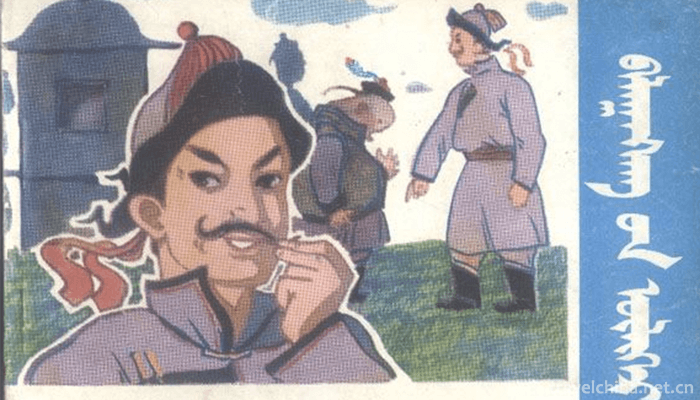
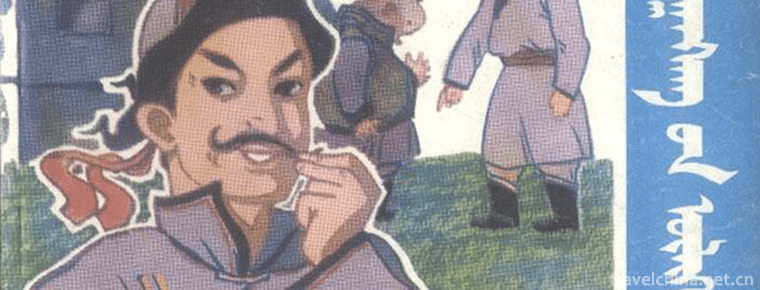
The Story of Barragan
-
Mount Emei
Mount Emei is located in Mount Emei, Leshan City, Sichuan Province, China.
Views: 406 Time 2018-10-13 -
Beihai Ocean Window
The Beihai Ocean Window is situated on the shore of the rich and beautiful Beihai Bay in China. It covers an area of 2.1 hectares and covers an area of 18,100 square meters. It consists of mysterious
Views: 160 Time 2018-12-26 -
La Ga Shan
La'er Mountain is located in the South Bank of Bailong River in the southeast of Lijie Township, Zhouqu County, Gansu Province, 12 kilometers away from 313 provincial roads
Views: 141 Time 2019-01-29 -
Quancheng Marine Polar World
Quancheng Marine Polar World is a comprehensive exhibition hall located in Qihe County, Dezhou City, Shandong Province, with a total investment of 1 billion yuan
Views: 269 Time 2019-02-07 -
Wuzhizhou Island Scenic Area
Wuzhizhou Island is situated in Haitangwan Bay in the north of Sanya City. It is opposite to Monkey Island in the South and is adjacent to Yalong Bay
Views: 397 Time 2019-02-24 -
Landscape Architecture in Yangzhou
Yangzhou gardens began in the Western Han Dynasty, flourished in the Sui and Tang Dynasties, matured in the Song and Ming Dynasties, and flourished in the Qianlong Period of the Qing Dynasty.
Views: 171 Time 2019-04-21 -
Big flat tone
Da Ping Diao (also known as Ping Diao, Da You Bang and Da Bang Opera), one of the local traditional operas in Henan and Shandong Province, is one of the national intangible cultural heritage.
Views: 248 Time 2019-04-23 -
Nanxian Flower Drum
On May 20, 2006, the local flower drum of Nanxian County was listed in the first batch of national intangible cultural heritage list with the approval of the State Council.
Views: 132 Time 2019-06-07 -
PuXian opera
Puxian Opera is one of the oldest operas in China. It originated in Tang Dynasty, became in Song Dynasty and flourished in Ming and Qing Dynasty. It is known as the "living fossil" of Southe
Views: 137 Time 2019-06-09 -
Folk Beating and Playing in Zhijiang
Zhijiang folk wind and beating music is a kind of traditional folk music art which is widely active in Zhijiang area of Hubei Province. After years of development and evolution, the folk blowing and p
Views: 273 Time 2019-07-25 -
Sichuan University Of Science and engineering
Sichuan University of Light Chemical Industry is a general full-time university with more than 50 years of undergraduate and nearly 20 years of postgraduate education, which has coordinated developmen
Views: 253 Time 2019-08-31 -
Fobao ancient town
Fubao ancient town is an ancient town with a long history in Hejiang County, Sichuan Province, 42 km away from Hejiang County, Sichuan Province. It is a historical town, a famous cultural town, a tourism town, and an important business town in the junction of Sichuan, Guizhou and Chongqing. It was built in the late yuan and early Ming Dynasty, more than 600 years ago, it is named Fobao, and it is the gateway of national Fobao forest park.
Views: 163 Time 2020-10-16
